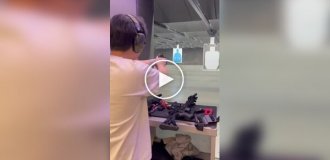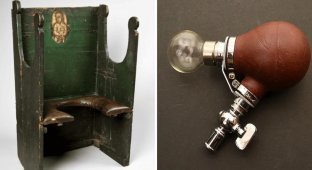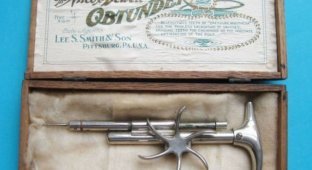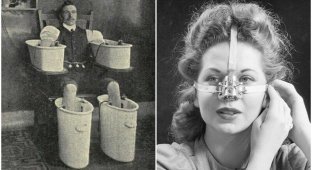18 photos of medical devices from the past that make you wonder: are these definitely not from the movie "Saw"? (19 photos)
Just look at this strange collection of medical devices from yesteryear and be glad that we live today and not, for example, in 1840. 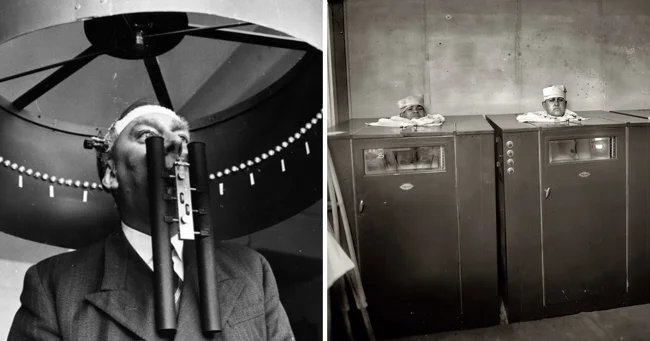
A forced-breathing system for polio patients, 1928 
A device called the "Iron Lung" was used before the invention of the polio vaccine. The device allowed a person to breathe properly. For many years, patients could only live inside this bulky device.
Over time, the "iron lungs" became more mobile 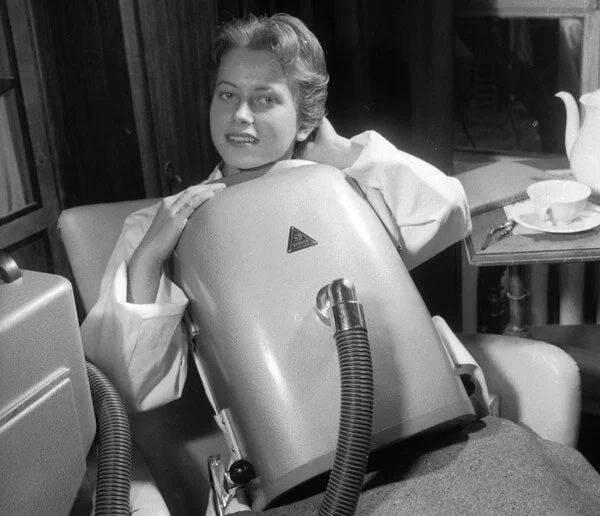
Instrument for manual trepanation of the skull, 1800 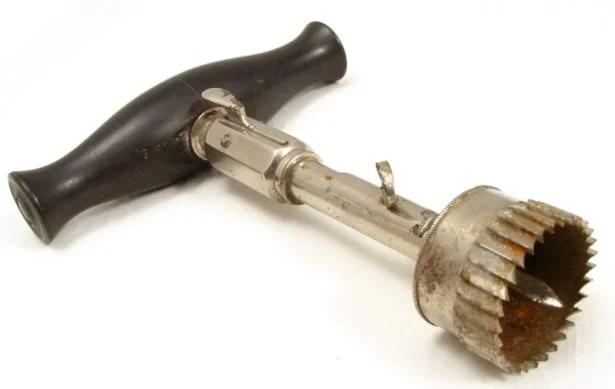
Artificial tanning, which helped fight hypovitaminosis, 1925 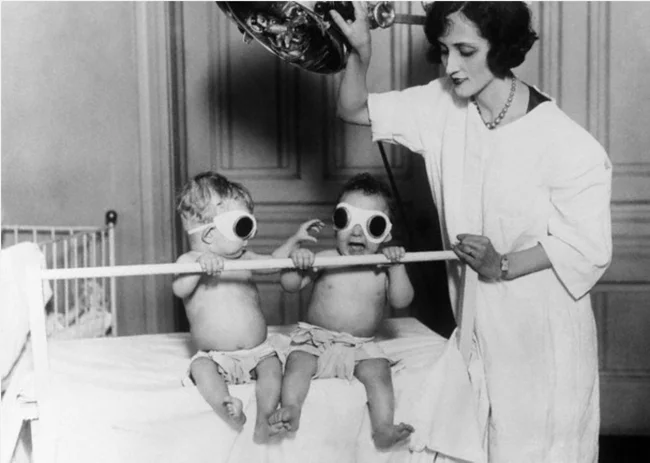
The procedure was shown to children and adults.
Artificial leech, 1840 
A special cylinder with blades was used instead of real leeches. Most often, the device was used to treat ear and eye diseases.
Walter Reed's Physiotherapy Apparatus, 1920 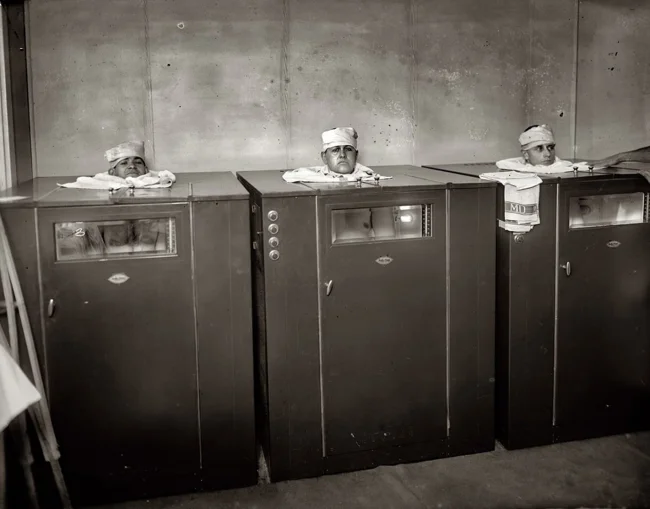
Physiotherapy procedures in medical centers used to look intimidating.
Folding Eustachian Tube, 1837-1901 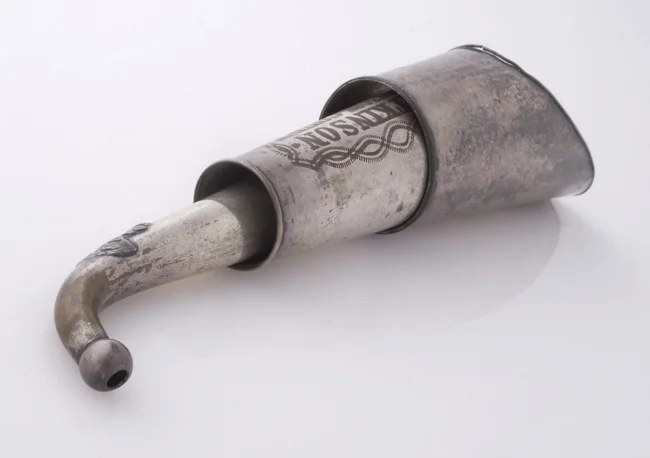
As Eustachian tubes became more popular, they were made more convenient and compact.
A nurse's suit from an X-ray room, 1918 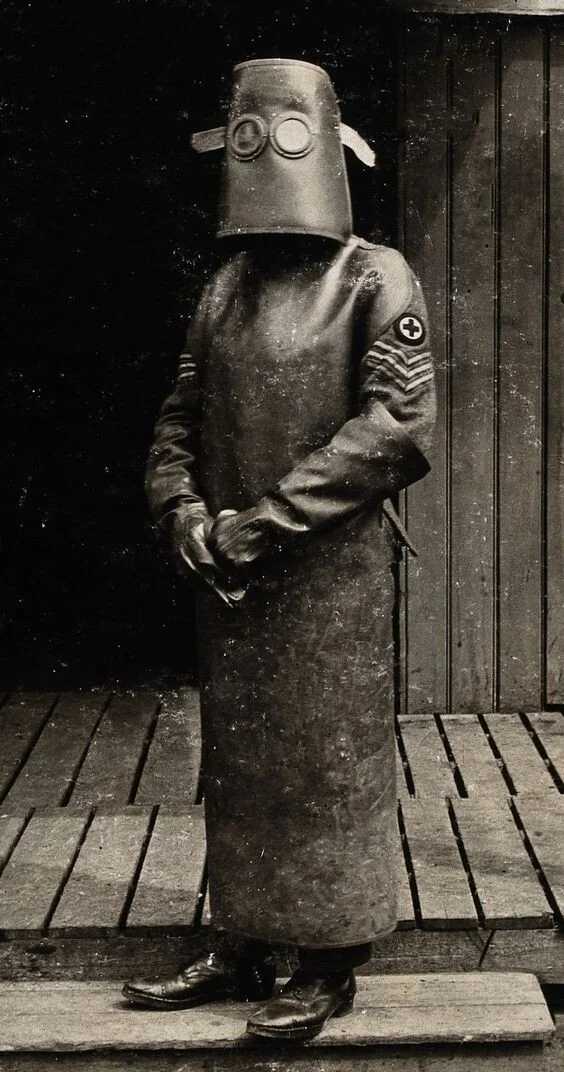
Special protective clothing allowed workers to avoid the negative effects of X-rays.
Tobacco enema, 1750-1810 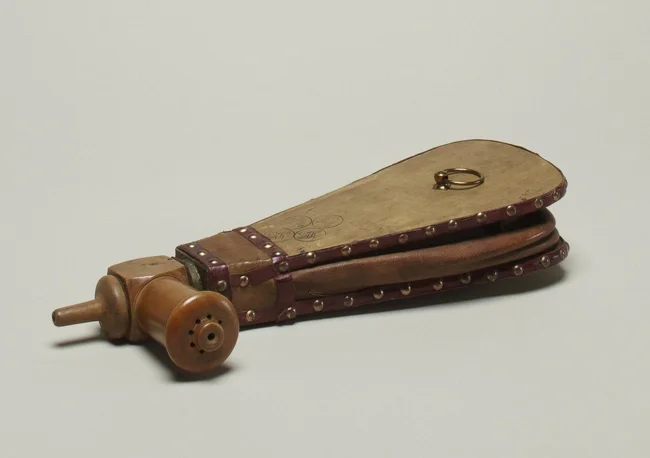
A simple device was used to introduce tobacco smoke into the rectum during the resuscitation of drowned people. It was believed that hot tobacco smoke could make an unconscious person start breathing.
Neurological examination using an electrical device, 1884 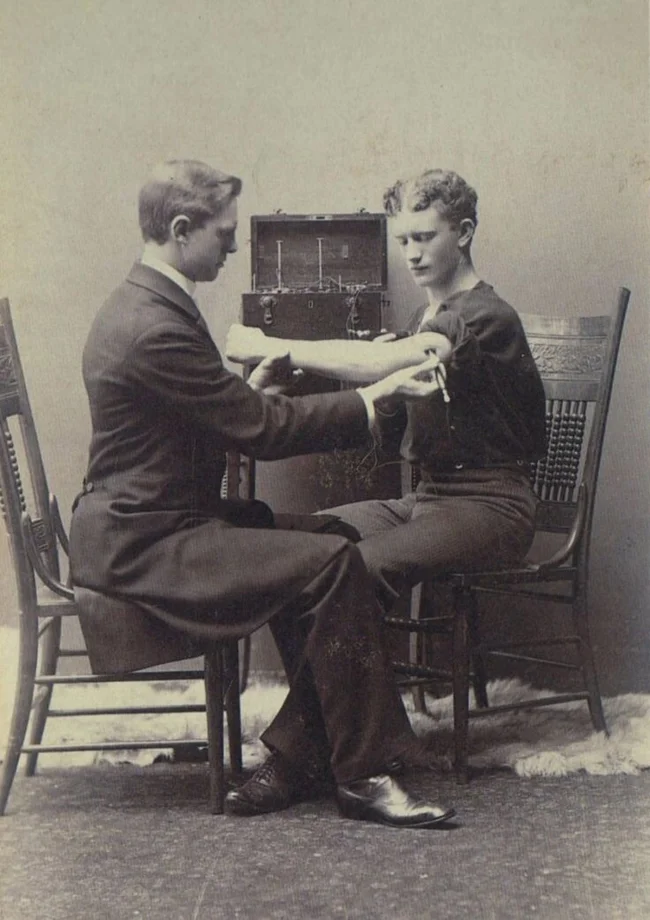
Neurological tests were a real breakthrough in the 19th century and allowed to significantly increase the diagnostic value of research.
A surgical guillotine for removing tonsils, 1884 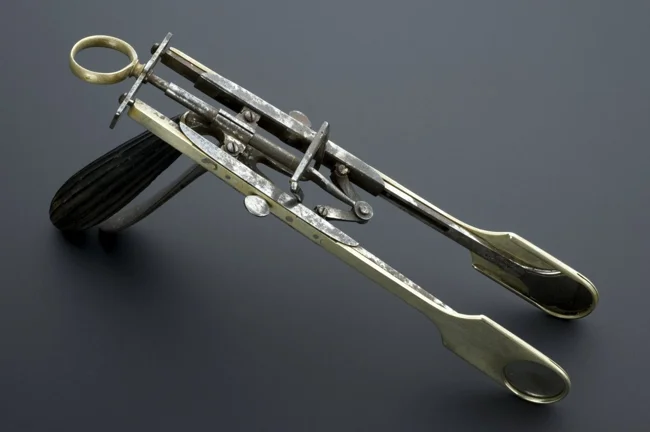
Tonsillectomy with a guillotine was a standard treatment for patients who suffered from recurring throat infections.
X-ray machine, 1950 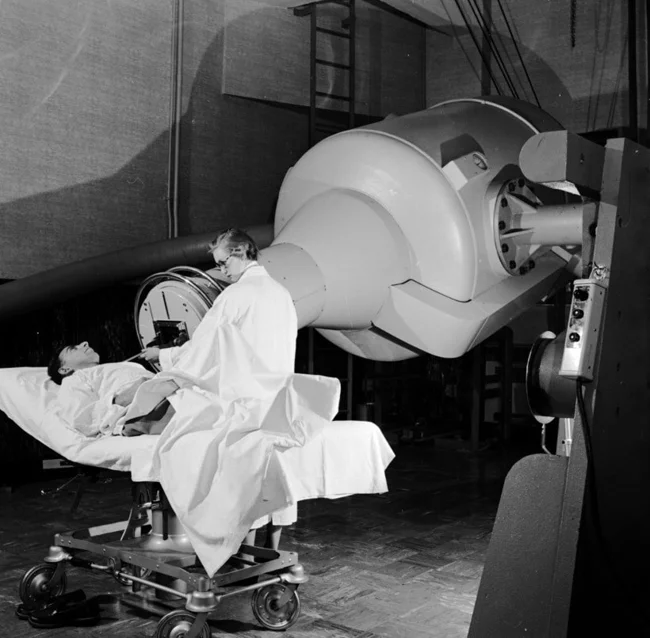
A special X-ray machine was used in the treatment of various types of cancer.
Surgical Saw for Working on the Skull, 1800 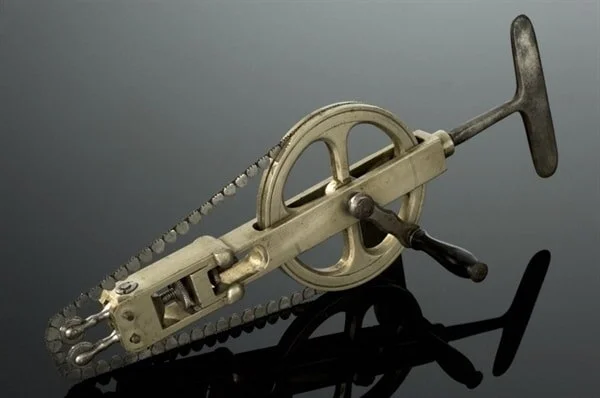
The blade of this unusual saw resembles a chainsaw. It is driven by turning the handle clockwise or counterclockwise.
Heliotherapy, circa 1927-1931 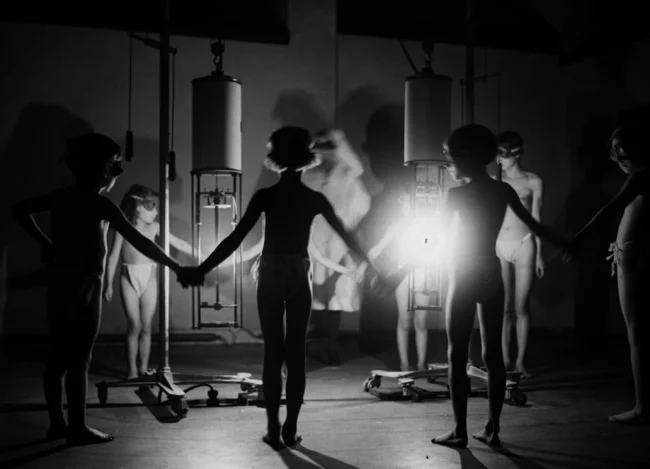
Children undergoing treatment for tuberculosis. Doctors were confident that increasing the dose of vitamin D would promote faster recovery.
The first artificial kidney machine, 1950 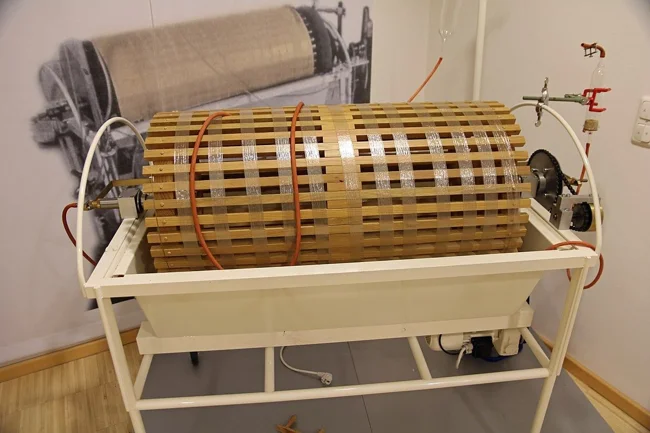
The artificial kidney was used to free the blood from metabolic products, improve the electrolyte-water and acid-base balances, which most often occur with renal failure.
A pressure chamber for artificial pressure regulation, 1947 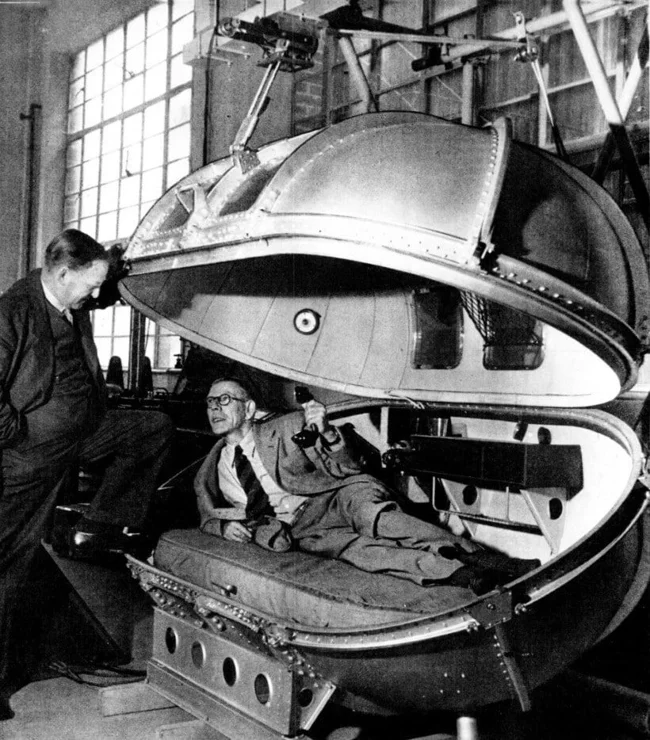
The apparatus was designed specifically for Winston Churchill. It had a telephone, an ashtray, and anti-fog windows, which allowed the Prime Minister to fully relax, enjoying cigars and cognac.
Oxygen therapy apparatus, 1916-1918 
The oxygen apparatus helped save soldiers from chlorine poisoning during World War I.
Optokinetic drum, 1960 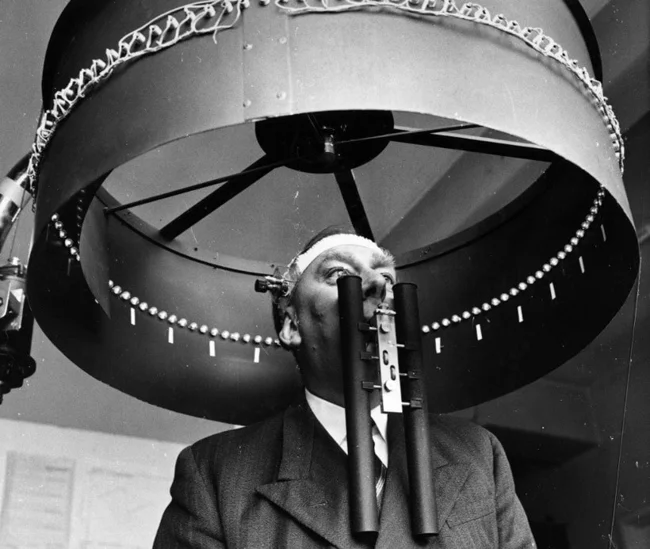
The device was used for experimental purposes. It was used at the Institute of Aviation Medicine to study reflex eye movements and optical illusions.



